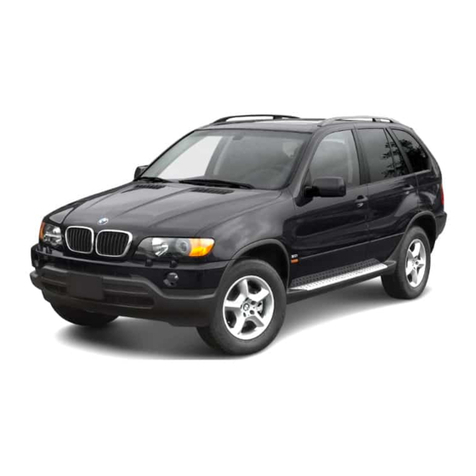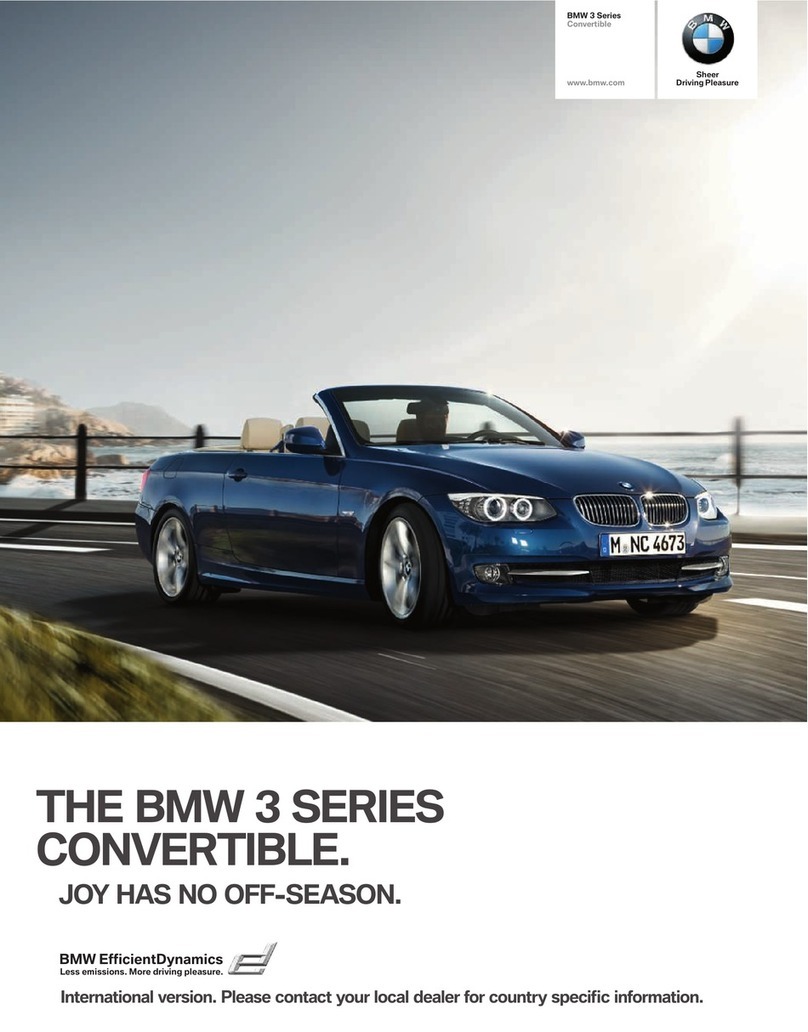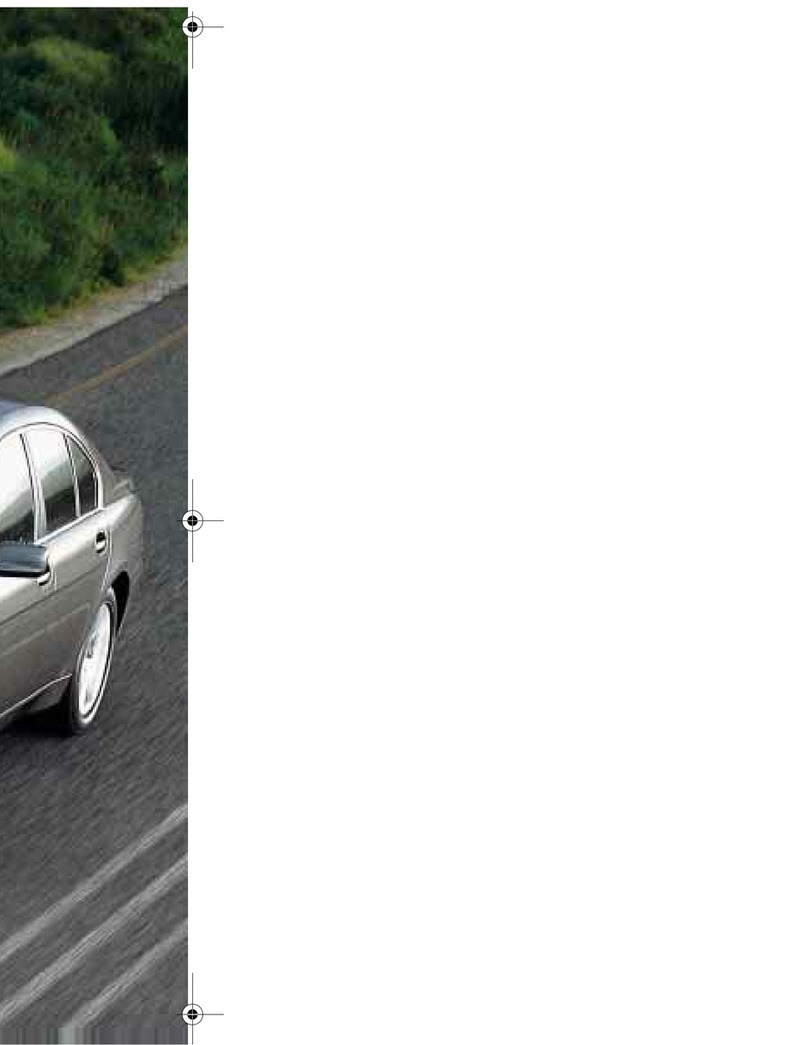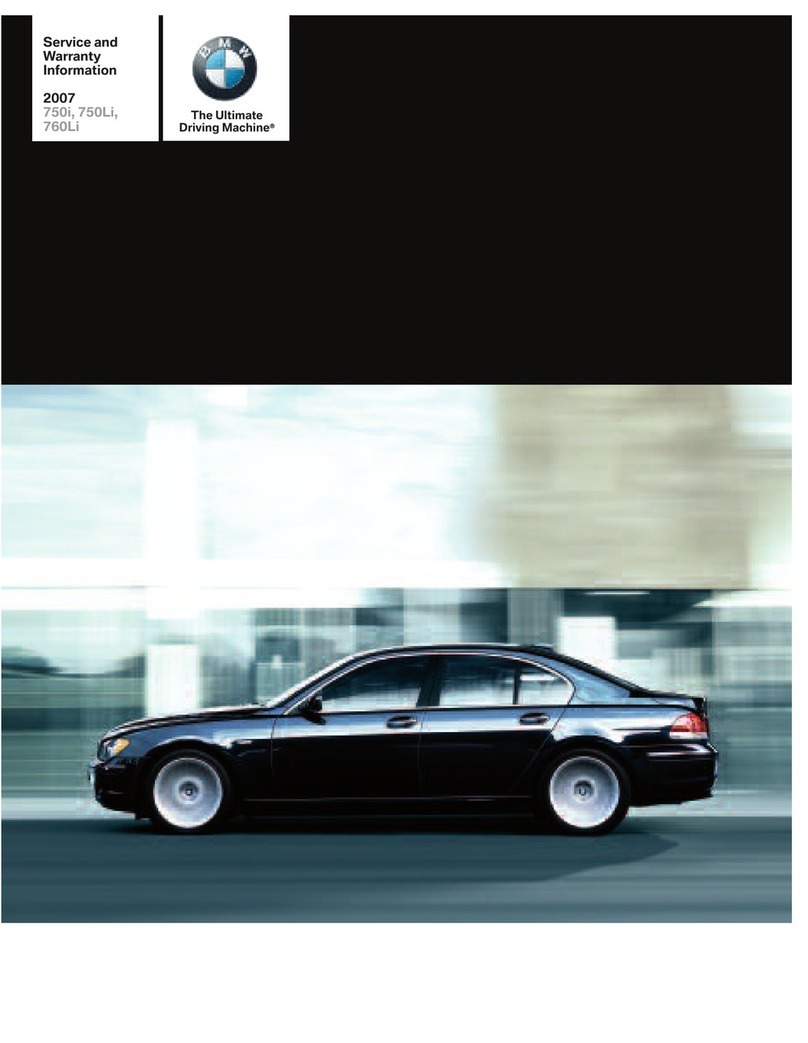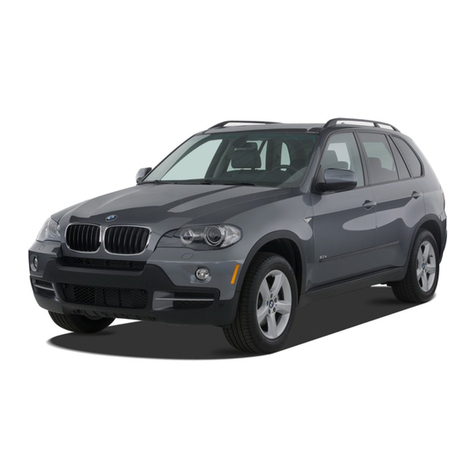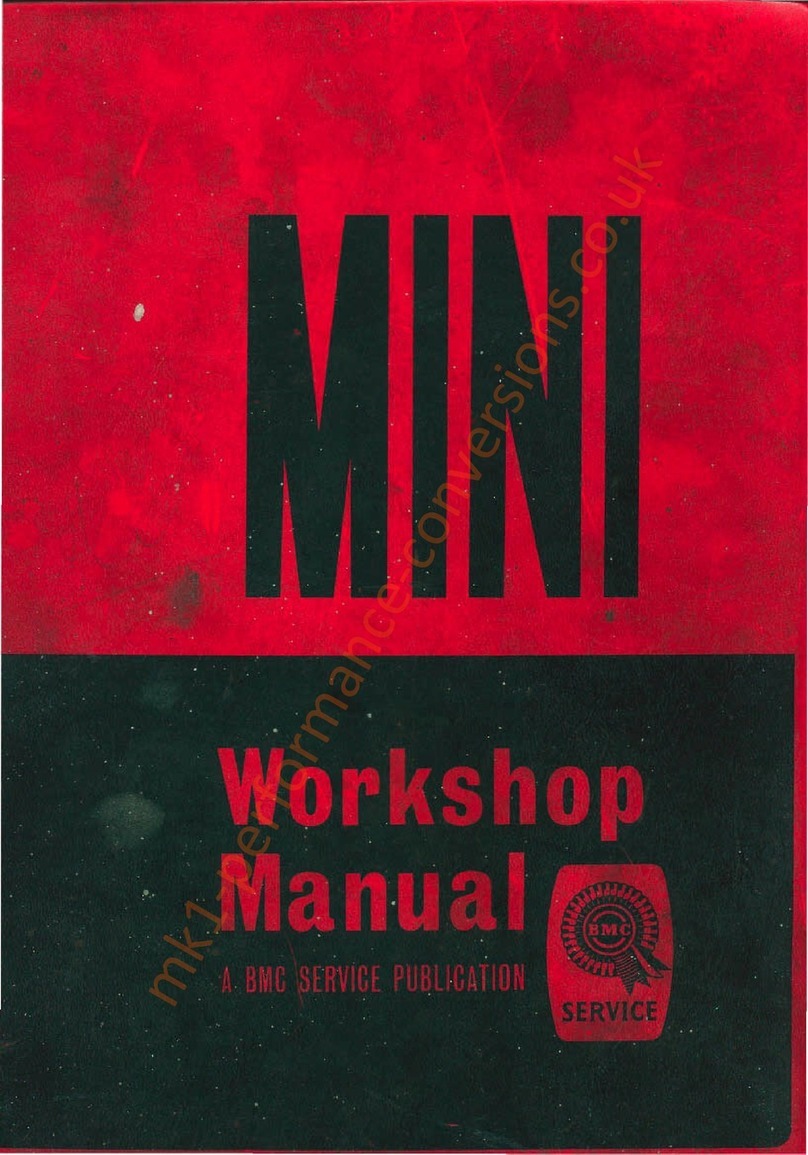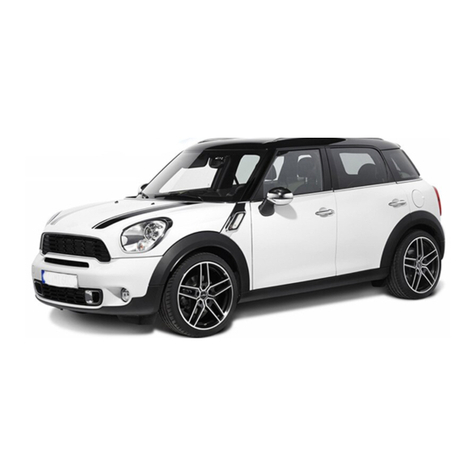
Foreword
This BMW 5-Series Service Manual covers the 1989 through 1995 525i models, the 1989
through 1993 535i models, and the 1994 and 1995 530i and 540i models, and is specifically de-
signed to cover only those models built for sale in the United States.
BMW and mostaccessories and parts sellers specializing in BMWsrefer to the 5-Series covered
by this manual as the E34 model. The code "E34" is BMW's internal code for the basic platform
shared byall of thecarscovered by this manual. Except forthe engine and a few othercomponents,
the models covered by this manual share many of same components such as suspension parts,
body panels, and the interior pieces. When ordering parts, especially body parts,knowing the E34
code may be helpful.
BMW also uses an internal code for the various engines used in the E34 models. The engines
used in the 525i models are either M20, M50, or M50TU. The engine used in the 535i is k
now
n as
the M30. The engine used in the 530i and 540i is known as the M60. This information is pri
mar
ily
used intemally by BMW, but may be helpful if you have access to BMWtechnical information.
For the BMW owner with basic mechanical skills, this manual gives detailed maintenance and
repair information. In addition, the BMW owner who has no intention of working on his or her own
car will find that owning and reading this manual will make it possible to be better informed and to
discuss repairs more intelligently with a professional technician. This manual has been prepared
from the repair information that BMW provides to its factory-trained technicians and has been de-
veloped primarily with the do-it-yourself BMW owner in mind. The aim throughout has been clarity
and understanding with practical functional descriptions, step-by-step procedures, and accurate
specifications.
The BMW owner intending todo maintenanceand repair should have a set of tools including a set
of metric wrenches and sockets, screwdrivers. a torque wrench,and feeler gauges, since these ba-
sic tools will be used to do the majority of Ihe maintenance and repair procedures described in this
manual.This manual includes detailed information on these basic tools and other tips for the begin-
nerin the first section of the manual, entitled Fundamentals for the Do-It-YourselfOwner. For some
of the repairs described in this manual, BMW technicians use special tools. The text will note when
a repair requires these special tools and. where possible, will recommend practical alternatives.
v

